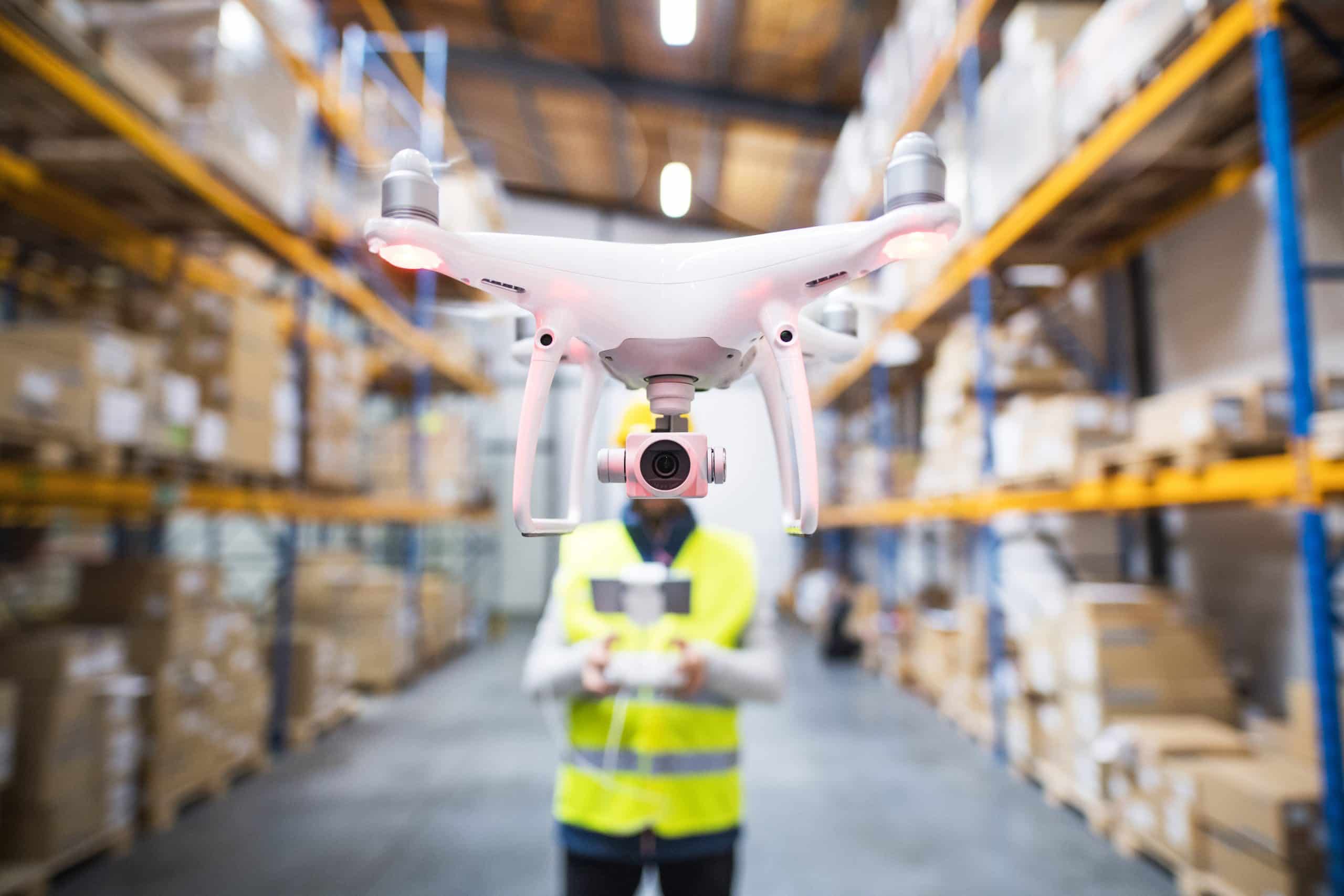What’s the Latest on Solar-Powered UAVs for Long-Endurance Atmospheric Research?

In the realm of atmospheric research, solar-powered Unmanned Aerial Vehicles (UAVs) are garnering significant attention. Companies and scholars worldwide are turning to these UAVs as a sustainable and efficient solution for long-endurance flight. The deployment of solar energy as a primary power source allows these unmanned aircraft to perform extensive atmospheric research with increased efficiency and minimal environmental impact.
The Power and Potential of Solar Energy in UAVs
Solar energy has long been considered a practical and sustainable form of power. However, it’s only in recent years that its application in the field of UAVs has been fully realized. By harnessing solar power, these unmanned aircraft can operate for extended periods without the need for refuelling.
A découvrir également : 5 creative exercises to practice with MyImageGPT
The functionality of a solar-powered UAV is relatively straightforward. The aircraft is fitted with solar cells that absorb sunlight and convert it into electricity. This power is then stored in a battery system, enabling the UAV to operate day and night.
The efficiency of this process is largely dependent on the weight of the UAV. A lighter aircraft requires less power to maintain altitude, thereby ensuring a more extended operation period. Google has already demonstrated the potential of solar-powered UAVs with its ‘Project Loon’, which used solar-powered balloons to provide internet connectivity in remote areas.
A lire en complément : What’s the Progress in Developing AI Tools for Real-Time Language Interpretation in Healthcare?
High Altitude, Long Endurance
High Altitude Long Endurance (HALE) UAVs are a specialized type of UAV designed to operate at high altitudes for prolonged periods. These aircraft can reach altitudes of up to 60,000 feet and can stay aloft for several days or even weeks at a time.
Solar-powered HALE UAVs are particularly effective for atmospheric research. Operating at high altitudes, these UAVs can collect comprehensive data on atmospheric conditions, including temperature, humidity, and wind speed.
Several cutting-edge UAV designs have emerged, combining solar power with other innovative technologies. For example, some UAVs now incorporate ‘energy harvesting’ technology, which allows them to convert thermal and vibrational energy into electrical power, further extending their flight endurance.
The Role of Google in Solar-Powered UAVs
Google, a tech giant known for its constant innovation, has made significant strides in the realm of solar-powered UAVs. The company’s ‘Project Skybender’ showcased the capabilities of solar-powered UAVs for delivering high-speed internet.
Google’s foray into solar-powered UAVs goes beyond just providing internet access. The company’s research in this area is contributing to the wider scientific community. For instance, the data collected by Google’s UAVs can offer valuable insights into climate change, helping researchers better understand and predict its impacts.
Solar-Powered UAVs: Endless Applications
The potential applications of solar-powered UAVs go beyond atmospheric research. These versatile devices can be utilized for a variety of purposes, from environmental monitoring to disaster response.
For instance, in the wake of a natural disaster, UAVs can be deployed to assess the damage and help plan a targeted response. Equipped with high-resolution cameras, these aircraft can capture detailed images, providing essential data for disaster management teams.
Solar-powered UAVs also hold promise for wildlife conservation. By monitoring animal populations from above, researchers can gain invaluable insights into migration patterns, habitat use, and population trends.
Future of Solar-Powered UAVs
The future of solar-powered UAVs is promising. With advancements in technology and increasing awareness of the need for sustainable solutions, the use of solar energy in UAVs is set to rise.
Research is ongoing to improve the efficiency and reliability of solar-powered UAVs. Efforts are particularly focused on enhancing the performance of solar cells and battery systems. With these improvements, it’s anticipated that the flight endurance of these UAVs will increase, further broadening their potential applications.
In conclusion, solar-powered UAVs represent a significant development in the field of atmospheric research. These unmanned aircraft provide a sustainable and efficient solution for long-endurance flight, promising to revolutionize the way we understand and interact with our atmosphere. The potential of these UAVs is vast, and with continued research and development, their impact is set to grow.
Advancements in Solar Cell and Energy Storage Technologies
Solar cells and energy storage technologies play a pivotal role in the functionality of solar-powered UAVs. The efficiency and reliability of these two components significantly contribute to the overall performance and flight endurance of these aerial vehicles.
Solar cells, also known as photovoltaic cells, are devices that convert the sun’s energy into electricity. They’re usually made of silicon, which is a semiconductor. When the solar radiation hits these cells, it knocks electrons loose from their atoms, creating an electric current that can be harnessed to power the UAV. The efficiency of these solar cells is a crucial factor in the overall performance of a solar-powered UAV.
Research and development in the field of solar cells have led to significant improvements in their efficiency. Thin-film solar cells, for instance, have emerged as a viable alternative to traditional silicon-based cells. These cells are not only lighter but also flexible, making them ideal for incorporation into the wings of UAVs.
On the other hand, the energy storage system, typically a battery, stores the excess solar energy generated during the day for use during the night or periods of low solar radiation. The development of lightweight, high-capacity batteries has been a game-changer for solar-powered UAVs. Lithium-ion batteries, known for their high energy density and long life span, are commonly used in these UAVs.
Innovations in energy storage technologies, such as the development of advanced battery management systems, are also playing a significant role. These systems ensure optimal charging and discharging cycles, enhancing the overall lifespan and reliability of the battery.
The Future Prospects of Solar-Powered UAVs
Looking ahead, the future of solar-powered UAVs appears bright. The continual advancements in solar cell technology, energy storage systems, and UAV design pave the way for more efficient and longer-endurance flights. As we harness more solar power and improve our technology, it’s easy to imagine a future where these unmanned aerial vehicles become a mainstay in various sectors.
The potential applications of solar-powered UAVs are vast and varied. Apart from atmospheric research, these UAVs could revolutionize other fields such as agriculture, wildlife conservation, disaster management, and even telecommunications. For instance, they could be used to monitor crop health, track wildlife populations, assess disaster damage, and provide internet connectivity in remote areas.
Furthermore, as awareness about environmental sustainability increases, the demand for environmentally friendly technology like solar-powered UAVs is set to rise. These UAVs offer a sustainable solution to long-endurance flights, reducing the dependency on fossil fuels and contributing to a greener planet.
In addition, organizations like Google are not only utilizing solar-powered UAVs for innovative projects like Project Loon or Project Skybender but also contributing to the scientific community. The data collected by these UAVs can provide valuable insights into climate change and other environmental issues.
As technology continues to advance, and as we continue to push the boundaries of what’s possible, the future of solar-powered UAVs holds exciting possibilities.
Conclusion
Solar-powered UAVs have come a long way in a relatively short period. They represent a significant breakthrough in the realm of atmospheric research, offering a sustainable and efficient solution for long-endurance flights. With solar power as their primary energy source, these unmanned aerial vehicles can perform extensive research while minimizing their environmental impact.
Innovations in solar cell technology, energy storage systems, and UAV design are enhancing the performance and capabilities of these aerial vehicles. Furthermore, the tireless efforts of tech giants like Google are not only advancing the technology but also contributing valuable data to the scientific community.
The potential applications of solar-powered UAVs are vast, extending beyond atmospheric research into areas like disaster management, wildlife conservation, and telecommunications. As awareness about environmental sustainability increases, the demand for solar-powered UAVs is set to rise.
In conclusion, solar-powered UAVs represent a transformative development in the field of atmospheric research and beyond. As we continue to improve the technology and explore new applications, the impact of these UAVs on our understanding and interaction with our environment is set to grow.
